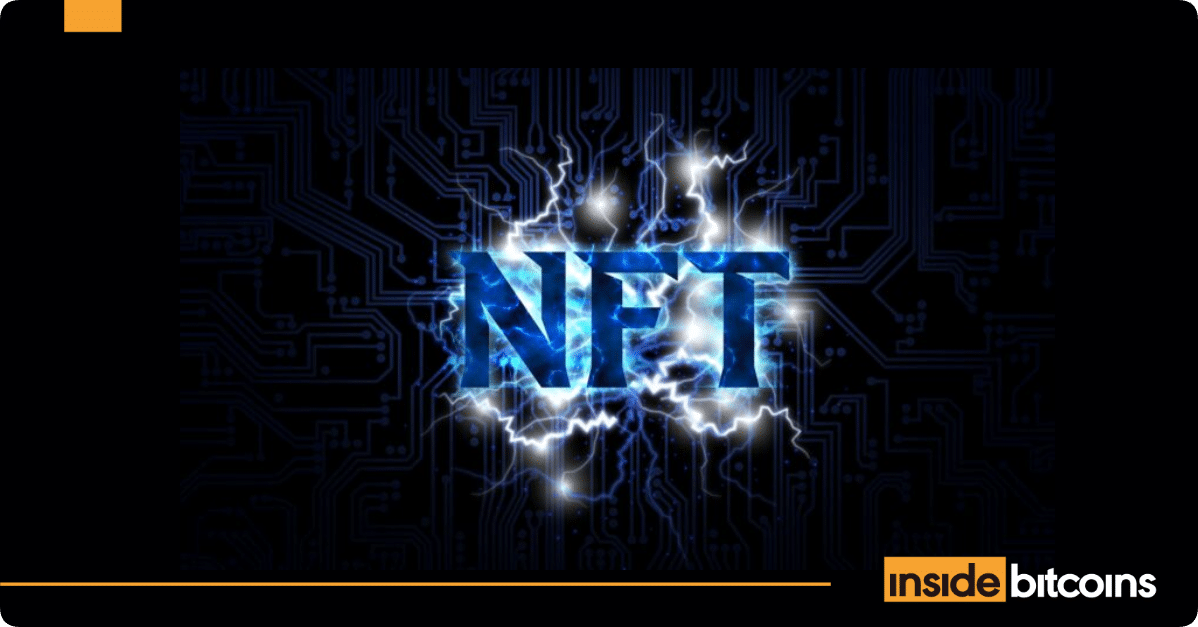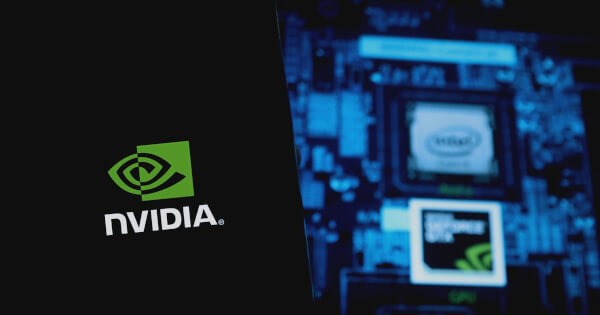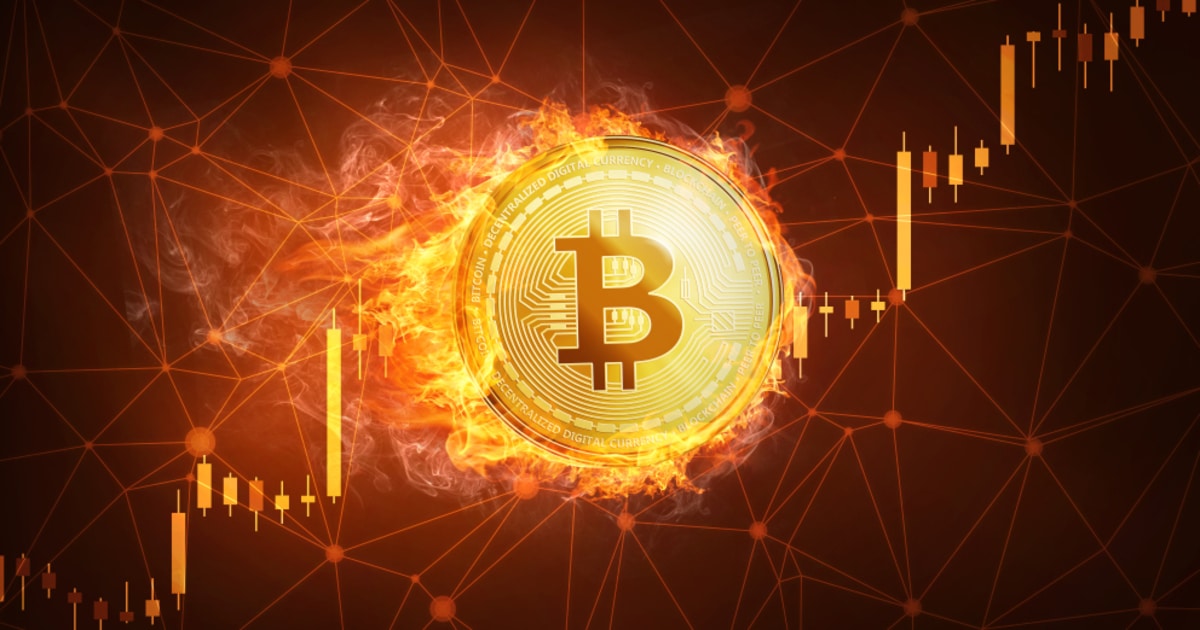Just as sceptics began to claim that gold’s 60% surge this year signals a late-stage rally that has no place for Bitcoin, Matt Hougan, Bitwise’s chief investment officer, has come out batting for the debasement trade.
Hougan’s core argument: structural trades don’t end in months, they play out over years.
His evidence? The artificial intelligence trade.
“ChatGPT came out in 2022 and people started buying up Nvidia and AI, and then just a short while later people were saying it was too hyped and it wasn’t going to last,” Hougan told DL News.
“Look at ChatGPT now,” he said. “Do you think the AI trade is over?”
The numbers tell a remarkable story. In 2022, Nvidia’s stock dropped to $11 from $50 in late 2021 — a 66% collapse. Sceptics declared the AI boom was dead on arrival.
But they couldn’t have been more wrong. Just this week, Nvidia became the world’s first $5 trillion company, up more than 800% in the past two years. Nvidia investors have enjoyed gains of nearly 27,000% over the past decade, turning a $1,000 bet into $270,000.
Big tech splurges
But Nvidia’s ascent is just one data point.
The infrastructure splurge behind AI reveals the true scale of the trade.
Big tech companies — Meta, Amazon, Alphabet, and Microsoft — plan to spend $320 billion on AI infrastructure in 2025 alone, up from $230 billion in 2024. Over the next three years, they’re estimated to spend $500 billion combined as the AI race accelerates.
Global AI infrastructure spending is also projected to hit $3 trillion to $4 trillion by 2030, according to Nvidia CEO Jensen Huang. The generative AI market, valued at $40 billion in 2022, is forecast to reach $1.3 trillion by 2032.
Additionally, the intersection of crypto and AI is blossoming. AI-focused crypto projects have raised more than $1 billion in so far 2025, a double-digit uptick from the total figure raised in 2024, as per data from DefiLlama.
Underestimating Bitcoin
For anyone watching gold and Bitcoin, AI’s pattern should sound familiar.
Gold has surged to about $4,400 from $1,800 in a mere three years — a near-vertical lift-off that has sceptics crying bubble. Bitcoin briefly hit $126,000 before pulling back to around $107,000, with critics arguing not only that the debasement trade has already run its course but that Bitcoin doesn’t even belong.
Hougan sees it differently. Just as AI sceptics misjudged the infrastructure buildout in 2023, debasement trade sceptics are underestimating the structural forces driving demand for gold and Bitcoin.
Central banks started aggressively buying gold in 2022, doubling their purchases to roughly 1,000 metric tons from 467 metric tons. But prices didn’t explode immediately — they crept up 8% in 2023 and 23% in 2024 before going parabolic in 2025.
The same delayed reaction characterised AI. ChatGPT launched in November 2022, but Nvidia’s stock waited until 2023 to start its meteoric rise. Even then, doubters emerged early and often, calling the rally unsustainable.
“The debasement trade is just in its early innings,” Hougan said. “It’s only one month old. I think it has at least five years to go.”
Debasement trade
What is the debasement trade?
Basically, it’s a bet that governments will continue running massive deficits and print more money, eventually eroding the value of fiat currency. Gold has been the clear beneficiary so far, but Hougan argues Bitcoin’s turn is coming.
The structural drivers are undeniable.
US government debt continues climbing, deficit spending shows no signs of slowing, and de-dollarisation efforts are accelerating globally. And for the first time, gold has overtaken Treasuries on corporate balance sheets as companies seek self-sovereign assets, said Hougan.
Plus, the US government shutdown that has entered its third week is nudging investors to find solace in an asset that hedges against administrative dysfunction.
Now the question isn’t whether the debasement trade continues — it’s which assets benefit most.
Indeed, Bitcoin has struggled to prove itself as “digital gold” during recent volatility, falling 10% alongside stocks while gold hit new highs. But institutional demand keeps building. Bitcoin ETFs have pulled in over $120 billion, and corporate treasuries now hold more than 1 million Bitcoin in their coffers.
For investors, the lesson is clear: structural trends don’t end when sceptics get loud. They end when the underlying fundamentals change. And nothing about government finances or monetary policy suggests that’s happening anytime soon.
Pedro Solimano is DL News’ Buenos Aires-based markets correspondent. Got a tip? Email him at psolimano@dlnews.com.
.png)
























 24h Most Popular
24h Most Popular






 Utilities
Utilities